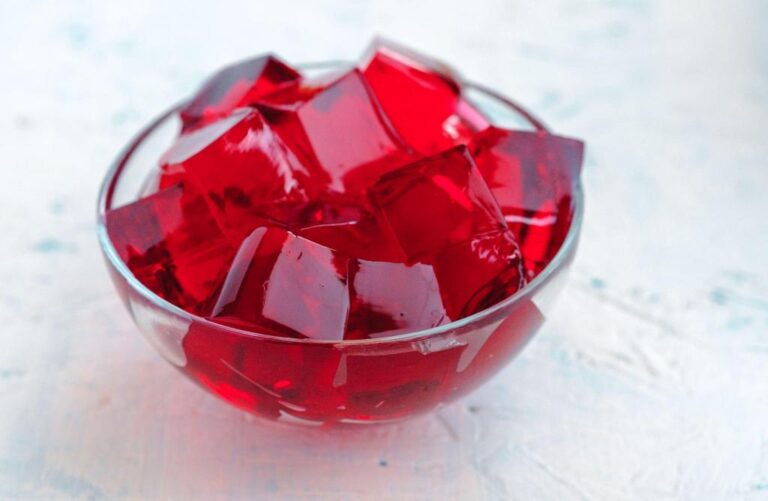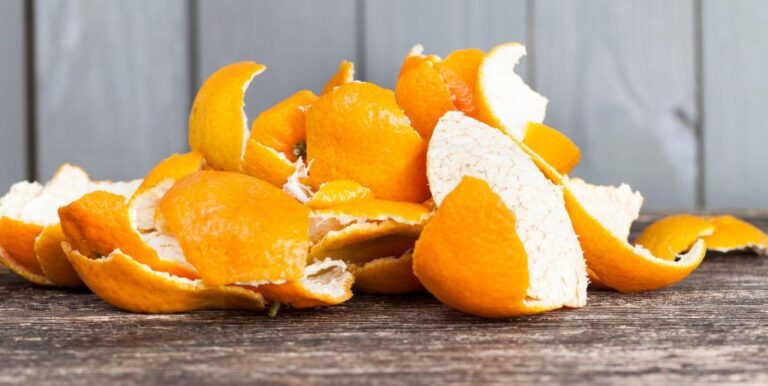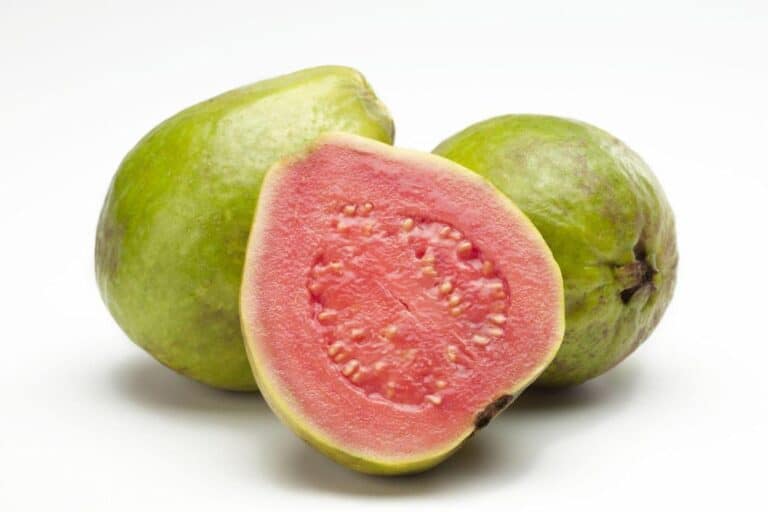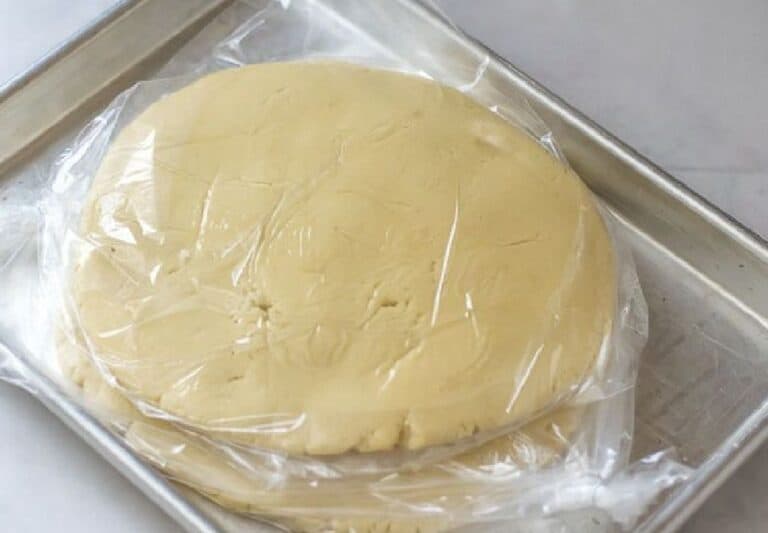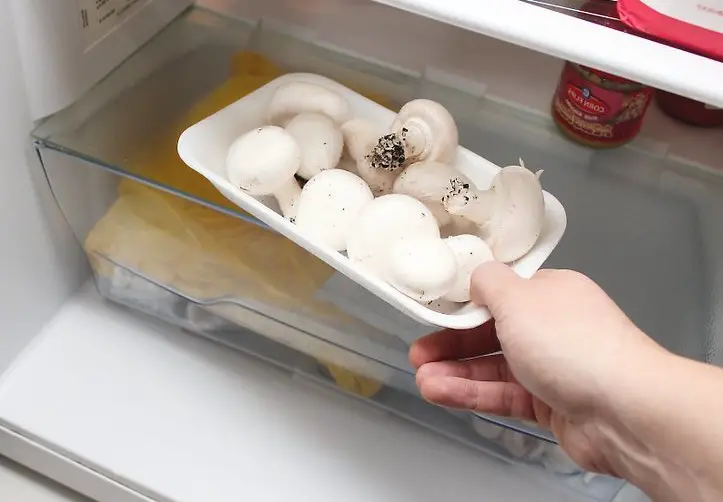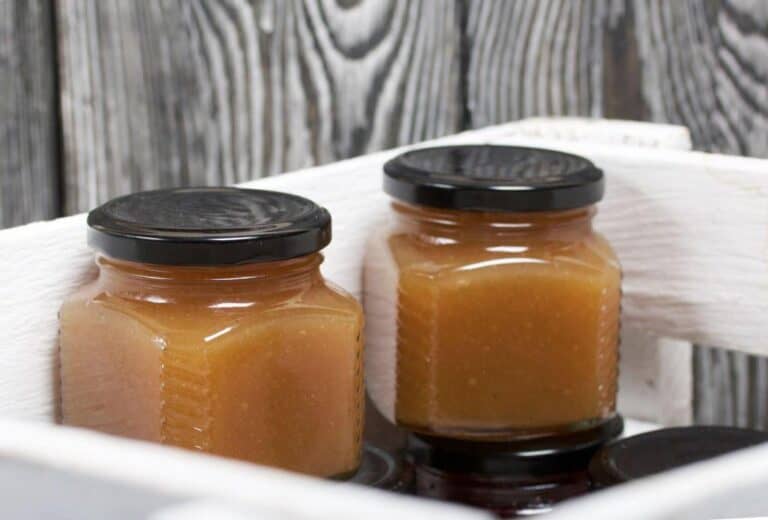What Happens if You Don’t Activate Fresh Yeast? How Long Does It Last?
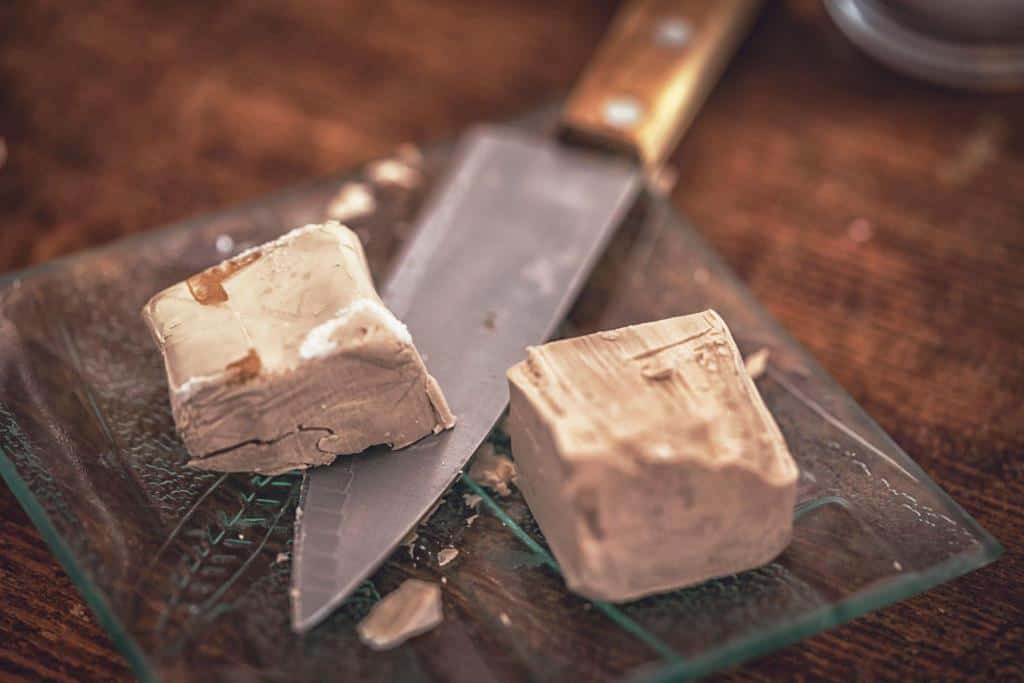
Baking can be both therapeutic and delicious, but nothing can be more frustrating than putting time and effort into making your favorite bread or pastry only to have it fall flat.
Yeast plays a crucial role in the process of making bread, making homemade pizza dough, and other baked goods. Using the right kind of yeast in the right way can make the difference between a perfect loaf and a disappointing one. Before being included in a recipe, the yeast from fresh yeast must be activated, or proofed.
In this article, we will discuss what happens when you don’t activate fresh yeast and how long it lasts. We’ll also provide some tips to help you ensure your yeast works properly every time, so you can create delicious and fluffy baked goods to impress your family and friends.
Whether you’re a seasoned baker or just starting out, this article will give you the knowledge you need to become a yeast expert in no time.
Understanding Fresh Yeast
Fresh yeast, also known as cake yeast or compressed yeast, is a type of yeast that is used in baking to help dough rise and develop a light, airy texture. Unlike dry yeast, which is dehydrated and has a longer shelf life, fresh yeast is sold in a moist, cake-like form that must be kept refrigerated and used within a week or so of purchase.
One of the main advantages of using fresh yeast is that it is very active and can help the dough rise quickly and consistently. This can be particularly useful in commercial baking settings where time is of the essence. Fresh yeast also has a distinct, earthy flavor that can add depth and complexity to baked goods.
When using fresh yeast, please understand how to handle it properly. Because it is a living organism, fresh yeast is sensitive to temperature, moisture, and other factors that can affect its viability. To get the best results from fresh yeast, it’s important to follow a few key tips.
What Happens if You Don’t Activate Fresh Yeast?
When fresh yeast is not activated, it will not have the necessary energy to effectively leaven dough. This can result in bread that does not rise properly or has a dense, heavy texture.
Activating fresh yeast is an essential step in the baking process, as it allows the yeast to start producing carbon dioxide gas, which causes the dough to rise and creates a light, airy texture.
To activate fresh yeast, it needs to be mixed with a warm liquid and a small amount of sugar. The warm liquid helps to wake up the yeast and provide the necessary environment for it to begin fermenting. The sugar provides food for the yeast, allowing it to grow and multiply.
If you don’t activate fresh yeast properly, it can also affect the flavor of your baked goods. During fermentation, yeast makes a wide range of flavor compounds. If the yeast is not activated properly, it may not make the flavors that are wanted. This can result in baked goods that have a bland or off flavor.
INFO
In addition to affecting the quality and flavor of your baked goods, not activating fresh yeast properly can also be a waste of ingredients and time. If your dough doesn’t rise properly, you may need to start the baking process over again, which can be frustrating and time-consuming.
How Long Does Fresh Yeast Last?
Fresh yeast has a limited shelf life and can expire if not stored properly or used within a certain period of time.
The shelf life of fresh yeast depends on several factors, including the type of yeast, the brand, and how it is stored. Typically, fresh yeast has a shelf life of 1-2 weeks when stored properly in the refrigerator. However, the yeast may lose its potency over time, which can result in dough that does not rise properly or baked goods that have a dense texture.
One of the most important factors in extending the shelf life of fresh yeast is proper storage. Fresh yeast should be stored in an airtight container in the refrigerator, away from direct sunlight and moisture. Exposure to moisture can cause the yeast to clump together and become less effective, while exposure to heat can cause the yeast to lose its potency more quickly.
Another factor that can affect the shelf life of fresh yeast is the type of yeast. Some types of yeast, such as instant yeast or rapid-rise yeast, have a longer shelf life than other types of yeast, such as active dry yeast. Additionally, different brands of yeast may have varying shelf lives and potency.
It is important to note that using expired fresh yeast can have negative effects on the quality of your baked goods. Expired yeast may not produce the desired results and can cause dough to not rise properly or baked goods to have a dense texture. To ensure that your baked goods have the desired texture and rise, it is important to use fresh, unexpired yeast.
If you find that you have unused fresh yeast that is close to its expiration date, you can freeze it to extend its shelf life. Simply wrap the fresh yeast in plastic wrap or put it in an airtight container, and then place it in the freezer. Frozen fresh yeast can last for up to 6 months.
Tips for Successful Yeast Activation
Yeast activation is a crucial step in the bread-baking process. It involves waking up the dormant yeast cells by adding warm water and sugar, which helps jumpstart the fermentation process. However, getting yeast activation just right can be tricky, and there are a few tips and tricks that can help ensure success.
- The first tip for successful yeast activation is to use the right kind of yeast. There are several types of yeast available, including active dry yeast, instant yeast, and fresh yeast. Each type requires a slightly different activation process, so it’s important to follow the instructions on the packaging carefully. Additionally, it’s important to check the expiration date on the yeast to ensure that it’s still fresh and active.
- You need to monitor and use the right temperature of water. As mentioned earlier, yeast thrives in warm temperatures, but if the water is too hot, it can kill the yeast cells. The ideal temperature range for yeast activation is between 105-110°F (40-43°C). To achieve this temperature, you can heat water in a pot or use a thermometer to measure the temperature of the water as it comes out of the faucet.
- Another way to make sure a successful yeast activation is to use sugar or another type of sweetener. Yeast feeds on sugar, which helps to activate the cells and kickstart the fermentation process. Adding a small amount of sugar to the warm water can help to ensure that the yeast cells have enough food to get started.
- You need to be patient. After adding the warm water and sugar to the yeast, it’s important to let the mixture sit for a few minutes to allow the yeast cells to wake up and start fermenting. Depending on the type of yeast you’re using, this may take anywhere from a few minutes to 10-15 minutes.
- The final tip for successful yeast activation is to pay attention to the texture and smell of the yeast. When yeast is activated, it should have a slightly frothy texture and a pleasant, yeasty aroma. If the yeast smells sour or has a slimy texture, it may be dead or spoiled and should not be used.
Following these tips for successful yeast activation can help to ensure that your breads, rolls, and other baked goods turn out light, fluffy, and delicious. By using the right type of yeast, the right temperature of water, a bit of sugar, and plenty of patience, you can activate the yeast cells and kickstart the fermentation process with confidence.
How to Incorporate Yeast into Your Cooking

Incorporating yeast into your cooking can be a bit intimidating if you’re new to baking. But don’t worry, it’s not as difficult as it may seem. Yeast is a crucial ingredient that helps your dough rise and gives your bread, pizza crusts, and rolls their airy texture.
First things first, you need to choose the right type of yeast for your recipe. As we’ve discussed earlier, there are two main types of yeast: fresh yeast and active dry yeast. Fresh yeast has a short shelf life and needs to be refrigerated, while active dry yeast is more stable and can be stored at room temperature. Once you’ve chosen the right type of yeast, it’s time to incorporate it into your recipe.
The most common way to use yeast is to activate or rehydrate it first. This is important because it wakes up the yeast cells and helps them start feeding on the sugars in your dough, which causes it to rise. To activate or rehydrate your yeast, you need to dissolve it in warm water and let it sit for a few minutes until yeast starts to foam. If the yeast is not foaming, then you have dead yeast. Change it with another batch of yeast or different product altogether
After you’ve activated your yeast, it’s time to add it to your dough. You can do this by mixing it in with the other ingredients or by sprinkling it on top of the flour before mixing. Make sure to follow the recipe instructions carefully and don’t overwork your dough.
Once your dough is ready, it’s time to let it rise. This is when the yeast cells are doing their magic and making your dough rise. You can let your dough rise at room temperature or in a warm place, such as a preheated oven or a sunny window.
After your dough has risen, it’s time to shape it and bake it. Remember to preheat your oven and follow the baking instructions carefully. And voila, you’ve successfully incorporated yeast into your cooking!

